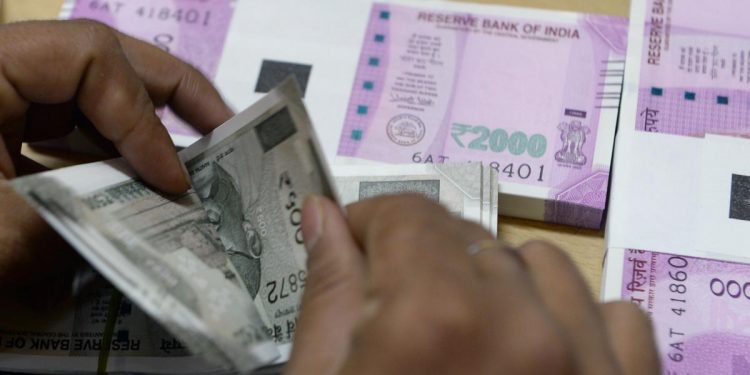Ajit Ranade
The pandemic and the lockdown have deeply hurt the economy. This year, the world’s economy will shrink by three per cent, something that we have not witnessed in our lifetime. India’s economy too may shrink as much. During April, more than 120 million people lost jobs.
On the positive side, there has been a bumper rabi crop (spring harvest). The procurement of wheat in Punjab, Haryana and UP has been very successful, meaning farmers have received the minimum support price. The PM-KISAN scheme has been putting some money in farm hands. The small payment to rural women has helped, and so has the PDS foodgrain allocation through ration shops. Finally, there is the MNREGS whose allocation has gone up to `1 lakh crore, and which will certainly act as an additional income buffer for many families.
By comparison, the urban poor have been left in a bad shape. Revival of the urban economy as well as much of the industrial and services sector will need a big fiscal stimulus. For MSME’s alone, the government and PSUs owe `5 lakh crore as pending payments. The package announced so far has been mostly in the form of liquidity, credit and loan support to small and large businesses. But, if no demand is forthcoming, merely the promise of more loans, even with a moratorium on interest payment, will not find enough takers. The bankers themselves may be reluctant to pass on these loans, due to concerns of their own rising bad loan ratios. So, we need a bigger stimulus which provides direct support to small business owners and the urban poor.
Here we run into a difficulty. The government’s finances are tight. The economic slowdown, which predates the pandemic, was causing tax revenues to fall. The fiscal deficit was widening. The reduction in corporate income tax rate from 30 to 25 might have contributed to a revenue shortfall too, though it’s a desirable longer-term reform.
Private sector investment and profitability is lack-lustre, hurting tax revenues. Hence, during 2019-20, the fiscal deficit in rupee terms went up by 45 per cent. The Centre’s fiscal situation has been aggravated by having to pass on a higher share of gross revenues, thanks to the Finance Commission formula, and the need to compensate all states for their shortfall in GST revenues. Despite all this, the Centre can “print money” since this is an unprecedented year.
Here are four suggestions to raise fiscal resources and help pump up aggregate demand. First, as suggested by former finance commission chairman Vijay Kelkar, is to borrow against shares. The Centre owns shares in PSUs, listed on the stock exchange, whose current value is in excess of `11 lakh crore. These shares can be pledged with RBI, and a loan can be taken, say for `5 lakh crore. This should be structured as a repo loan—ie, the money is returned after five years, and the shares are returned to the owner. Of course, in the interim, some shares can be sold off too, to reduce the loan burden and take advantage of stock market buoyancy. Such a financing scheme will not be seen as a distress sale of PSU stock.
Two, instantly give all the income tax refunds, not as cash, but as refund certificates. These certificates can then be used by taxpayers to pay all dues to the government, including advance taxes which are due this month. The refund certificates can also be used to give GST refunds, which too can be used to meet GST obligations. A third suggestion is to introduce city-wise vouchers, which can beused to buy goods and services from neighbourhood stores, shops etc. These vouchers can then be used to pay municipal taxes and even state taxes. This completes a cash-less loop. These consumption vouchers can be given against ration cards, or Aadhaar cards and are to be kept in restricted circulation.
Four, start an urban employment guarantee scheme for the next six to nine months, meant mainly for the informal sector and those who work in retail, construction, security agencies, couriers services etc. The list of eligible workers can be taken from the principal employer, and the wage payment will serve as a subsidy for the employer too. This will directly increase the purchasing power of the worker and act as a demand stimulus. The payment can be in kind, by using foodgrain from the already overflowing granaries of the Central government.
The writer is an economist and Senior Fellow, Takshashila Institution. The Billion Press.







































